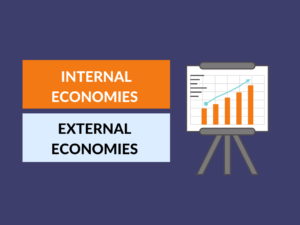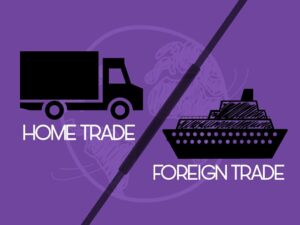Port vs Harbour: What’s the Difference?
Ports and harbours are commonly seen along coastlines, but do you know what sets them apart? In this article, we will explore the definitions, examples, uses, and differences between ports and harbours. By the end, you’ll have a clear understanding of these terms and their distinct roles. Let’s dive in!
What is a Port?
A port is a location on a coast or shore where ships can dock to load or unload cargo, embark or disembark passengers, and refuel or repair vessels. It serves as a connection point between land and water transportation systems.
Examples of Ports:
- Port of Singapore
- Port of Shanghai
- Port of Rotterdam
Uses of Ports:
Ports have several essential functions:
- Facilitate the transfer of goods and passengers between ships and land.
- Enable the handling of cargo, including storage, customs inspections, and security checks.
- Support the local and global economy by promoting trade and commerce.
- Provide employment opportunities for various professionals, from dockworkers to customs officers.
- Offer port facilities for ships to refuel, repair, and undergo maintenance.
What is a Harbour?
A harbour refers to a sheltered area near a shore where ships can anchor safely. It provides protection from waves, currents, and weather conditions, allowing ships to find refuge and anchor securely.
Examples of Harbours:
- Victoria Harbour (Hong Kong)
- Sydney Harbour (Australia)
- Puerto Vallarta Harbour (Mexico)
Uses of Harbours:
Harbours serve various purposes:
- Offer safe anchorage and shelter from harsh sea conditions.
- Enable ships to wait for favorable weather or unload cargo in a protected environment.
- Provide a base for fishing fleets and small boats.
- Support recreational activities, such as yachting, sailing, and water sports.
- Attract tourism due to their scenic beauty and waterfront attractions.
Differences between Ports and Harbours:
| Difference Area | Port | Harbour |
|---|---|---|
| Definition | A location for loading and unloading cargo, passengers, and vessel services. | A sheltered area for anchoring and protection against rough sea conditions. |
| Size | Generally larger in size, accommodating larger vessels and handling significant traffic. | Can be smaller and more localized, often serving as a marina or fishing base. |
| Accessibility | Ports have various transportation connections, including roads, railways, and airports. | Harbours may have limited access to transportation systems or only rely on water-based transport. |
| Function | Primary focus on commercial activities, trade, and cargo-handling operations. | Primarily used for anchorage, refuge, and recreational purposes. |
| Services | Offer comprehensive services such as ship repairs, refueling, and cargo storage areas. | Services are often limited to basic facilities like mooring, anchoring, and minimal maintenance. |
| Infrastructure | Extensive infrastructure including cargo terminals, warehouses, and advanced security systems. | Rather limited infrastructure, focusing on amenities that support recreational activities. |
| Trade | Ports play a critical role in facilitating international trade and handling large-scale cargo. | Harbours may have limited involvement in trade, often catering to local maritime needs. |
| Economic Impact | Ports generate substantial revenue, creating jobs and boosting regional economies. | Harbours contribute to the economy through tourism and supporting localized activities. |
| Regulations | Ports are subject to extensive regulations, including customs, import/export regulations, and security measures. | Harbours may have fewer regulations due to their recreational or smaller-scale commercial nature. |
| Navigation | Requires specialized knowledge for navigation due to larger vessels and complex cargo operations. | Navigation is relatively simpler, with a primary focus on safe anchorage and local boating. |
Conclusion:
In summary, ports and harbours differ in terms of their definitions, sizes, functions, uses, infrastructure, and regulations. While ports focus on commercial activities and handling large-scale cargo, harbours primarily offer sheltered anchorage and support recreational purposes. Both play vital roles in connecting land and water transportation systems while contributing to regional economies in their unique ways.
People Also Ask:
Here are common questions readers have about ports and harbours:
1. Are all ports located within harbours?
No, ports can be located within harbours, estuaries or can be open ports directly exposed to the sea.
2. Can a harbour be used as a port?
Yes, a harbour can be used as a port if it has the necessary facilities and infrastructure to handle cargo and passenger operations.
3. Can a port function solely as a marina?
Yes, a port can function solely as a marina, focusing on providing services for recreational boating and yachting.
4. Are there any environmental concerns associated with ports and harbours?
Yes, ports and harbours can have environmental impacts, such as dredging, air pollution from vessel emissions, and disruptions to marine ecosystems. Efforts are being made to mitigate these impacts through sustainable practices.
5. How do ports and harbours contribute to local economies?
Ports and harbours contribute to local economies through job creation, tourism revenue, and facilitating international trade, which drives economic growth and development.



